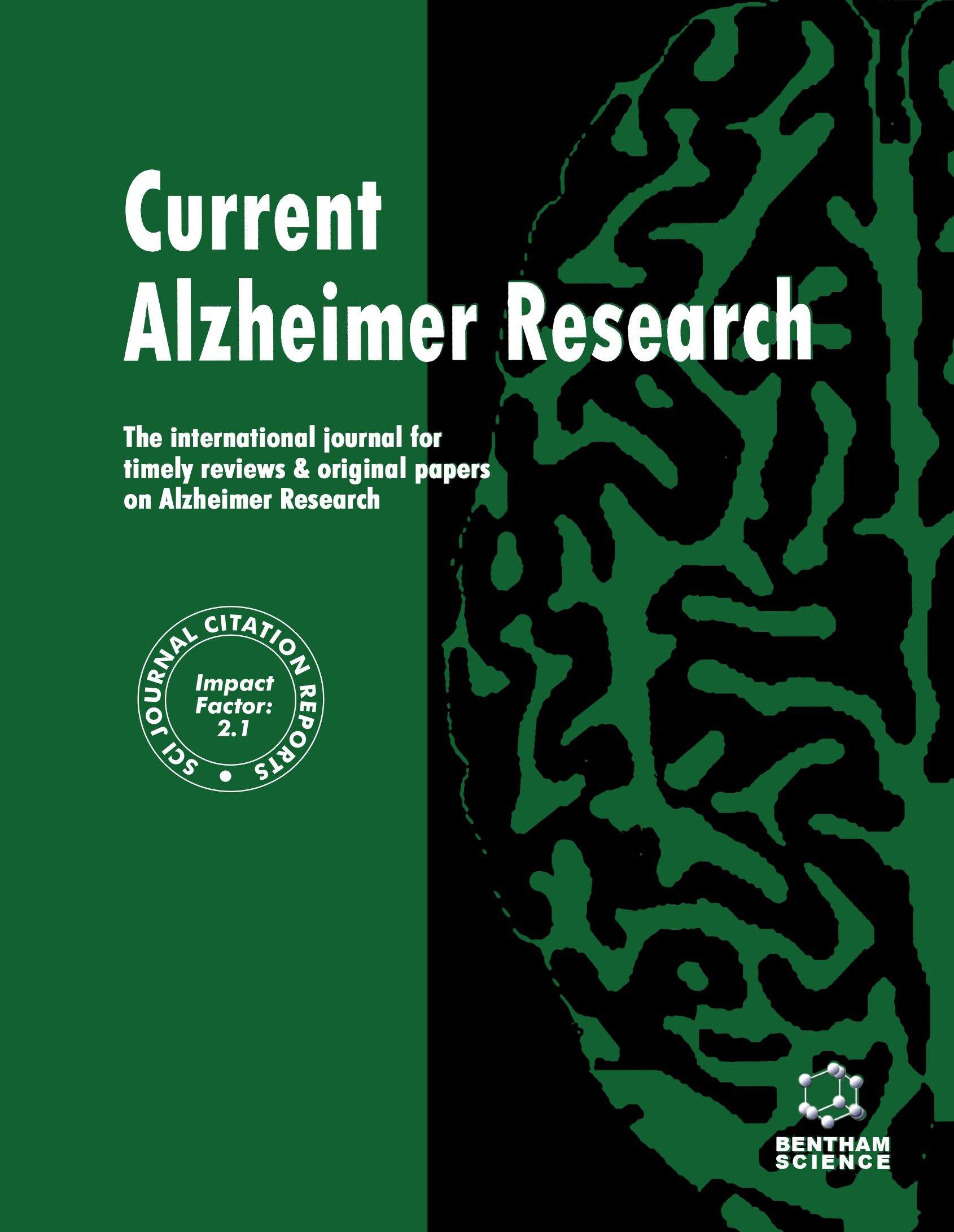
Full text loading...
We use cookies to track usage and preferences.I Understand
Alzheimer's disease (AD) is a progressive neurodegenerative disorder characterized by cognitive decline, memory loss, and functional impairment. Despite extensive research, the exact etiology remains elusive. This review explores the multifaceted pathophysiology of AD, focusing on key hypotheses such as the cholinergic hypothesis, hyperphosphorylated Tau Protein and Amyloid β hypothesis, oxidative stress hypothesis, and the metal ion hypothesis. Understanding these mechanisms is crucial for developing effective therapeutic strategies. Current treatment options for AD have limitations, prompting the exploration of alternative approaches, including herbal interventions. Cholinesterase inhibitors, targeting the cholinergic hypothesis, have shown modest efficacy in managing symptoms. Blocking Amyloid β (Aβ) and targeting hyperphosphorylated tau protein are under investigation, with limited success in clinical trials. Oxidative stress, implicated in AD pathology, has led to the investigation of antioxidants. Natural products, such as Punica granatum Linn, Radix Scutellariae, and Curcuma longa have demonstrated antioxidant properties, along with anti-inflammatory effects, offering potential neuroprotective benefits. Several herbal extracts, including Ginkgo biloba, Bacopa monnieri, and Withania somnifera, have shown promise in preclinical studies. Compounds like Huperzine A, Melatonin, and Bryostatin exhibit neuroprotective effects through various mechanisms, including cholinergic modulation and anti-inflammatory properties. However, the use of herbal drugs for AD management faces limitations, including standardization issues, variable bioavailability, and potential interactions with conventional medications. Additionally, the efficacy and safety of many herbal products remain to be established through rigorous clinical trials. This review also highlights promising natural products currently in clinical trials, such as Resveratrol and Homotaurine, and their potential impact on AD progression. DHA, an omega-3 fatty acid, has shown cognitive benefits, while Nicotine is being explored for its neuroprotective effects. In conclusion, a comprehensive understanding of the complex pathophysiology of AD and the exploration of herbal interventions offer a holistic approach for managing this devastating disease. Future research should address the limitations associated with herbal drugs and further evaluate the efficacy of promising natural products in clinical settings.

Article metrics loading...

Full text loading...
References


Data & Media loading...

